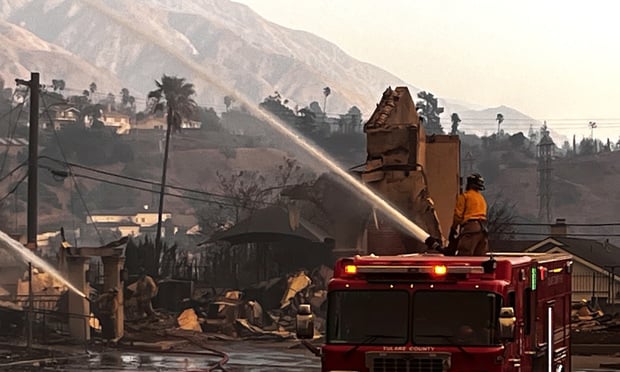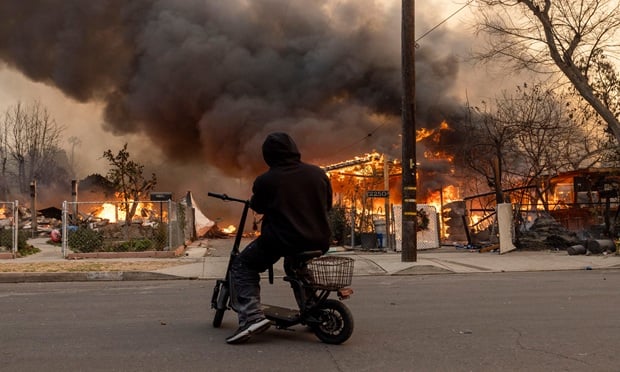Insurers have long wrestled with claims for soil and groundwater pollution under both pre-1986 commercial general liability (CGL) policies and modern environmental impairment liability policies, but recently a new trend in environmental claims has picked up steam — vapor intrusion (VI).
Vapor intrusion is the migration of underground contaminants in soil gas (often volatile organic compounds [VOCs], such as PCE or TCE, or gasoline constituents such as benzene) into a structure above. Contaminated soil vapor enters a building through cracks or other openings in the building's foundation. Even low levels of such contaminants may harm human health and impact property values. Think naturally occurring radon gas seeping into a basement, but from a manmade source.
Regulators now focus on VI and regularly reopen previously remediated sites to investigate VI. The plaintiff's bar is on the scent, and defending VI cases often requires expensive experts and counsel. As VI continues to garner increased attention from scientists, regulators and lawyers, insurers should be aware of the issues associated with VI and employ strategies to help mitigate their VI liabilities.
Want to continue reading?
Become a Free PropertyCasualty360 Digital Reader
Your access to unlimited PropertyCasualty360 content isn’t changing.
Once you are an ALM digital member, you’ll receive:
- Breaking insurance news and analysis, on-site and via our newsletters and custom alerts
- Weekly Insurance Speak podcast featuring exclusive interviews with industry leaders
- Educational webcasts, white papers, and ebooks from industry thought leaders
- Critical converage of the employee benefits and financial advisory markets on our other ALM sites, BenefitsPRO and ThinkAdvisor
Already have an account? Sign In Now
© 2025 ALM Global, LLC, All Rights Reserved. Request academic re-use from www.copyright.com. All other uses, submit a request to [email protected]. For more information visit Asset & Logo Licensing.








